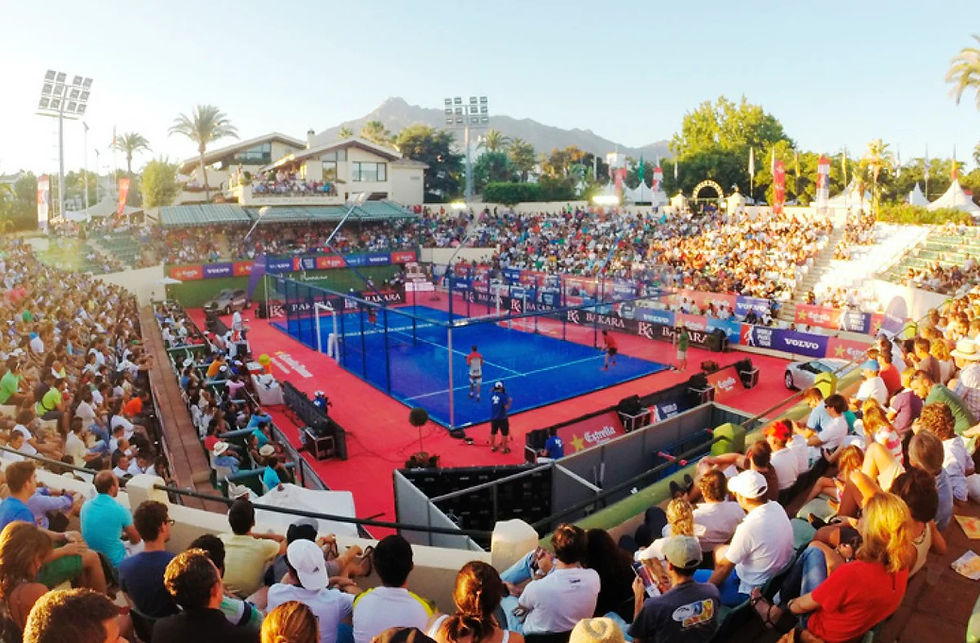Recover Like a Pro: Why Recovery Is the Real Key to Performance
- support67379
- Oct 30
- 3 min read

Lets' dive into the science of active recovery. From nutrition to sleep, we must learn how to incorporate active recovery, By first recognising the signs of poor recovery, we can then empower ourselves to train smarter, not just harder, and for lasting progress.
In the world of sport, we talk endlessly about training harder, pushing limits, and “no days off.” But what’s often overlooked is this:
Your body doesn’t grow, adapt, or strengthen during training — it happens during recovery.
The Science of Slowing Down
When you train, you’re not building muscle or endurance — you’re breaking tissue down. Exercise creates micro-tears in muscle fibres, depletes glycogen stores, and taxes your nervous system. Recovery is where the rebuild happens — when your body repairs, replenishes, and grows stronger. Without enough recovery, the body remains in a stressed state. You might start to notice fatigue creeping in, performance dipping, or injuries appearing out of nowhere. That’s not bad luck — that’s poor recovery management.
Nutrition: The Foundation of Recovery
What you eat after training is just as important as what you lift or how fast you run.
Protein is your repair crew. Aim for around 20–30g of high-quality protein (think eggs, lean meat, Greek yogurt, or a shake) within an hour of training.
Carbohydrates restore glycogen stores — the energy you burned during your workout. Try rice, oats, fruit, or sweet potatoes post-session.
Hydration isn’t just water. You lose electrolytes (sodium, potassium, magnesium) through sweat. Replace them to keep muscles firing efficiently.
Micronutrients matter too. Think of colour on your plate — leafy greens, berries, nuts, and seeds — for antioxidants that reduce inflammation and speed up repair.
Modern tip: Recovery nutrition isn’t just about a “post-workout shake.” It’s about building consistent habits that fuel your body between sessions. The best athletes eat for recovery all day, not just after a session.
Physical Recovery: More Than Just Rest Days
Rest isn’t lazy — it’s strategic. Quality recovery keeps you progressing, not plateauing. Here’s what matters most:
Sleep: Your body releases growth hormone and repairs tissue during deep sleep. Aim for 7–9 hours, and prioritize it like training time.
Active recovery: Light movement like walking, swimming, yoga, or mobility work keeps blood flowing and prevents stiffness.
Massage and stretching: Loosen tight muscles and improve circulation — even 10 minutes of stretching post-workout helps.
Cold therapy and compression: Modern tools like ice baths, compression boots, and recovery sleeves can aid circulation and reduce soreness — though consistency matters more than any gadget.
Mindset: The Missing Piece
Many athletes still struggle to “switch off.” But mental recovery is just as essential. Chronic stress elevates cortisol, slows recovery, and affects sleep and performance. Take time to disconnect — whether that’s a walk in nature, meditation, or simply putting your phone down after training. Your nervous system needs recovery too.
Signs You’re Not Recovering Well
Persistent fatigue or soreness
Drop in performance or motivation
Poor sleep quality
Increased injuries or illness
Irritability or mood changes
If these sound familiar, it’s not a sign of weakness — it’s a signal to recalibrate.
The Bottom Line
Elite athletes aren’t just the ones training the hardest — they’re the ones recovering the smartest. Whether you’re running marathons, lifting heavy, or competing at a high level, remember: progress comes from recovery. Fuel your body right. Prioritize rest. Listen to your signals. Because training breaks you down — recovery builds you back up stronger.



Comments